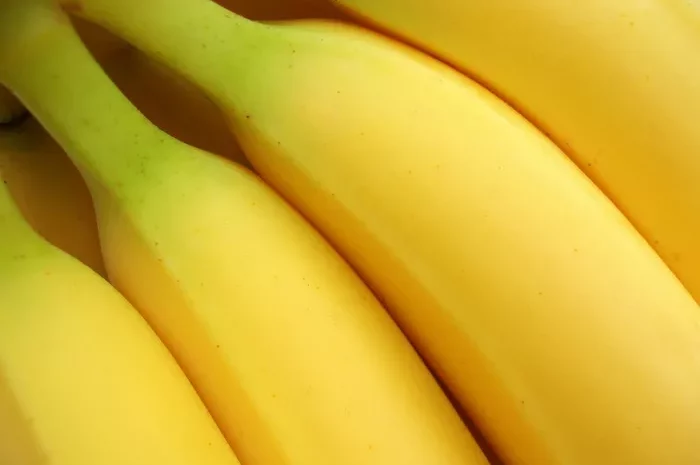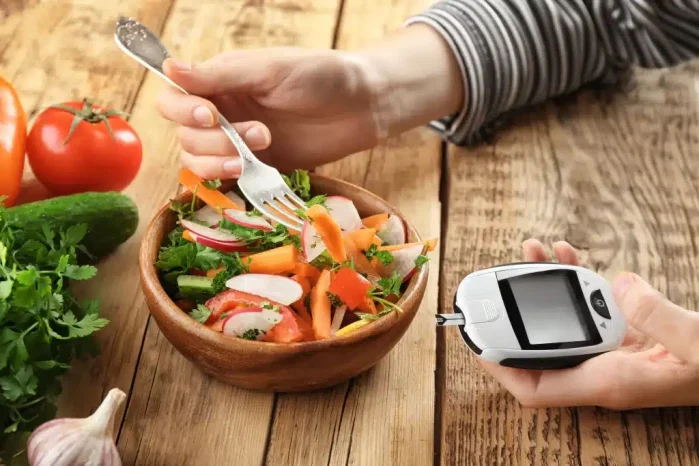Managing blood sugar levels is a crucial aspect of overall health, especially for individuals with conditions like diabetes or those striving for optimal well-being. While no single food can instantly lower blood sugar levels, incorporating certain foods into your diet can help manage blood sugar more effectively over time. In this article, we’ll delve into various dietary strategies that can aid in blood sugar management, focusing on low glycemic index foods, dietary fiber, healthy fats and proteins, hydration, portion control, foods to avoid, practical tips for meal planning, and the importance of consulting healthcare providers and monitoring blood sugar levels.
Low Glycemic Index Foods: A Foundation for Stable Blood Sugar
Understanding the glycemic index (GI) of foods is key to managing blood sugar levels. The GI measures how quickly carbohydrates in foods raise blood sugar levels. Foods with a low GI (55 or less) are digested more slowly, leading to gradual increases in blood sugar levels and providing sustained energy. Incorporating these foods into your diet can help stabilize blood sugar levels over time.
Examples of low GI foods include non-starchy vegetables such as leafy greens, broccoli, cauliflower, and bell peppers. These vegetables are not only low in carbohydrates but also rich in vitamins, minerals, and antioxidants, making them essential components of a healthy diet.
Certain fruits like berries, cherries, and apples also have a low GI and can be enjoyed in moderation as part of a balanced meal plan. Additionally, legumes such as lentils, chickpeas, and black beans are excellent sources of protein, fiber, and complex carbohydrates, all of which contribute to steady blood sugar levels.
Whole grains like quinoa, barley, and bulgur are other examples of low GI foods that provide sustained energy without causing rapid spikes in blood sugar. These grains are rich in fiber, vitamins, and minerals, making them valuable additions to meals.
Dietary Fiber: A Crucial Component of Blood Sugar Management
Dietary fiber plays a crucial role in blood sugar management by slowing down the absorption of sugar into the bloodstream. Fiber-rich foods help promote feelings of fullness, prevent overeating, and contribute to overall digestive health.
Examples of fiber-rich foods include bran cereal, oatmeal, whole grains, beans, lentils, and legumes. These foods not only help stabilize blood sugar levels but also provide essential nutrients like vitamins, minerals, and antioxidants.
Incorporating a variety of fiber-rich foods into your diet can help improve blood sugar control and promote long-term health. Aim to include a mix of soluble and insoluble fiber sources for maximum benefits.
Healthy Fats and Proteins: Supporting Satiety and Stable Blood Sugar
In addition to carbohydrates and fiber, including healthy fats and proteins in your meals can further aid in blood sugar management. Healthy fats and proteins contribute to feelings of satiety, helping to prevent overeating and stabilize blood sugar levels.
Foods rich in healthy fats include avocados, nuts, seeds, and fatty fish like salmon and mackerel. These foods provide essential fatty acids like omega-3s, which have been shown to have numerous health benefits, including improved insulin sensitivity.
Protein-rich foods such as lean meats, poultry, tofu, tempeh, and Greek yogurt can also help regulate blood sugar levels by slowing down the digestion and absorption of carbohydrates. Including a source of protein in each meal and snack can help promote stable blood sugar throughout the day.
Hydration: Supporting Blood Sugar Regulation
Staying hydrated is essential for overall health and can also support blood sugar regulation. Drinking an adequate amount of water helps prevent dehydration, which can affect blood sugar levels.
Additionally, water helps remove excess glucose from the bloodstream through urine, aiding in blood sugar control. Aim to drink at least eight glasses of water per day, and adjust your intake based on factors like activity level, climate, and individual needs.
Incorporating hydrating foods like fruits and vegetables into your diet can also contribute to your overall fluid intake. Cucumbers, watermelon, oranges, and strawberries are examples of high-water-content foods that can help keep you hydrated and support blood sugar management.
Portion Control: Balancing Quantity and Quality
In addition to choosing the right types of foods, paying attention to portion sizes is crucial for blood sugar management. Even healthy foods can contribute to blood sugar spikes if consumed in large quantities.
Practicing portion control involves being mindful of serving sizes and listening to your body’s hunger and fullness cues. Using measuring cups, food scales, or visual cues can help you gauge appropriate portion sizes and avoid overeating.
It’s also important to consider the timing and frequency of meals and snacks throughout the day. Eating smaller, balanced meals every few hours can help prevent blood sugar fluctuations and promote steady energy levels.
Foods to Avoid: Minimizing Blood Sugar Spikes
In addition to incorporating blood sugar-friendly foods into your diet, it’s important to minimize or avoid foods that can cause rapid increases in blood sugar levels. These include foods high in refined sugars and carbohydrates, which are quickly digested and absorbed into the bloodstream.
Examples of foods to limit or avoid include sugary beverages like soda, fruit juices, and energy drinks, as well as sweets, candies, pastries, and desserts. These foods can cause sharp spikes in blood sugar followed by crashes, leading to fluctuations in energy levels and mood.
Refined carbohydrates like white bread, white rice, and pasta should also be consumed in moderation, as they can raise blood sugar levels quickly. Instead, opt for whole grain alternatives like whole wheat bread, brown rice, and whole grain pasta, which provide more fiber and nutrients.
Practical Tips for Blood Sugar-Friendly Eating
Incorporating blood sugar-friendly foods into your diet can be simple and delicious with some practical tips and meal planning strategies. Here are a few ideas to help you get started:
- Focus on Whole, Unprocessed Foods: Choose whole foods like fruits, vegetables, whole grains, lean proteins, and healthy fats as the foundation of your meals and snacks.
- Plan Balanced Meals: Aim to include a mix of carbohydrates, protein, and healthy fats in each meal to promote stable blood sugar levels and satiety.
- Experiment with Recipes: Explore new recipes that feature blood sugar-friendly ingredients and flavors. Look for creative ways to incorporate vegetables, whole grains, and lean proteins into your favorite dishes.
- Batch Cook and Meal Prep: Spend some time each week batch cooking and meal prepping to ensure you have nutritious meals and snacks on hand throughout the week. Pre-portioning meals can help prevent overeating and make healthy eating more convenient.
- Read Food Labels: Pay attention to food labels and ingredient lists to identify hidden sugars and make informed choices about the foods you eat.
- Practice Mindful Eating: Slow down and savor your meals, paying attention to hunger and fullness cues. Avoid distractions like screens or multitasking while eating to promote mindful eating habits.
- Seek Support: Consider working with a registered dietitian or nutritionist who can provide personalized guidance and support tailored to your individual needs and goals.
Consultation with Healthcare Providers: Personalized Guidance for Blood Sugar Management
While incorporating blood sugar-friendly foods into your diet can be beneficial for overall health, it’s important to remember that individual dietary needs may vary based on factors like age, gender, activity level, and medical history. For personalized guidance and support, consult with a healthcare provider or registered.



























